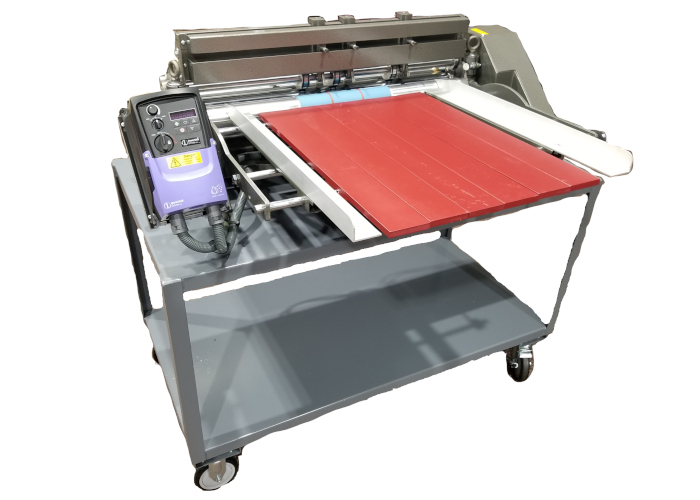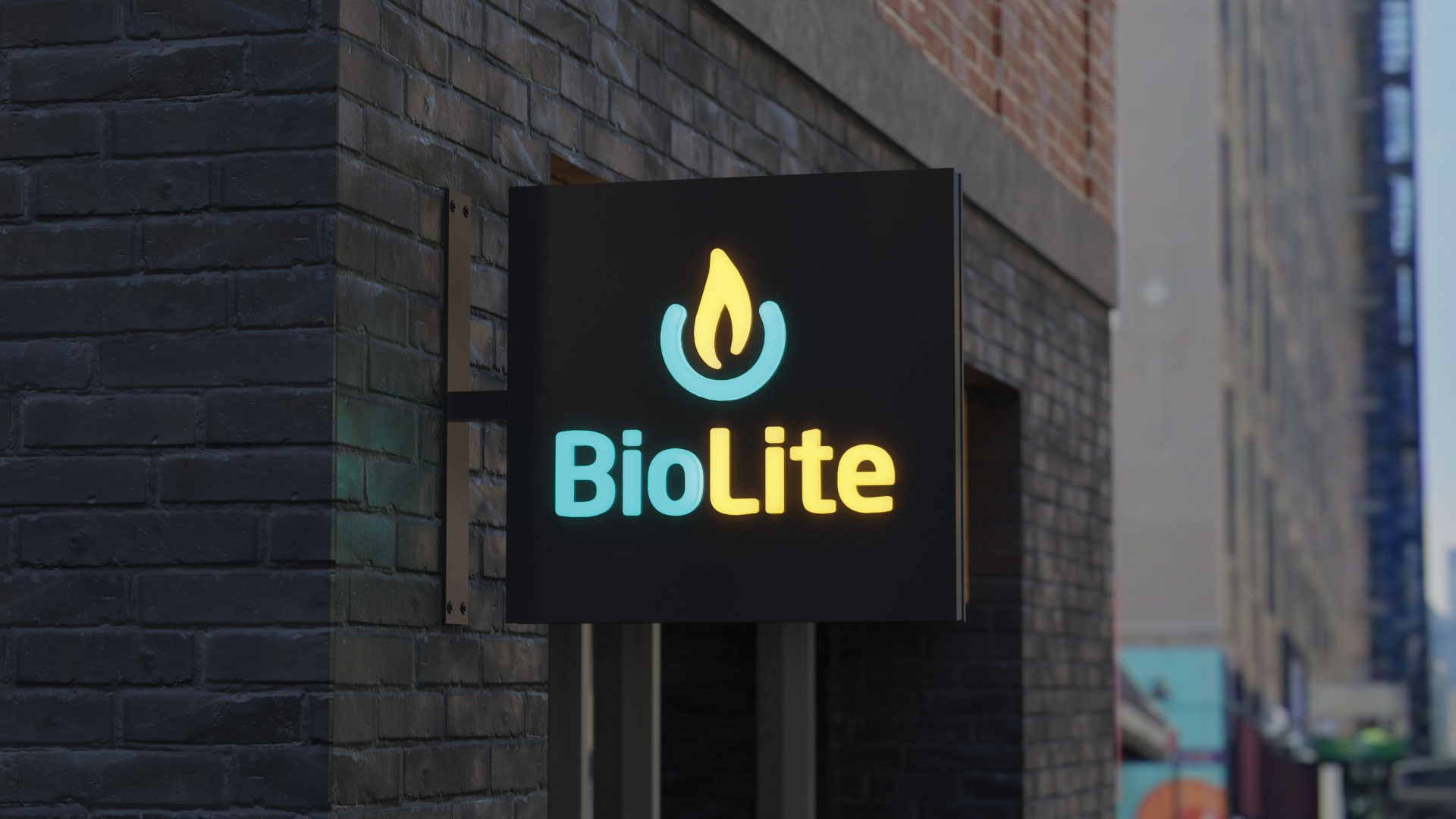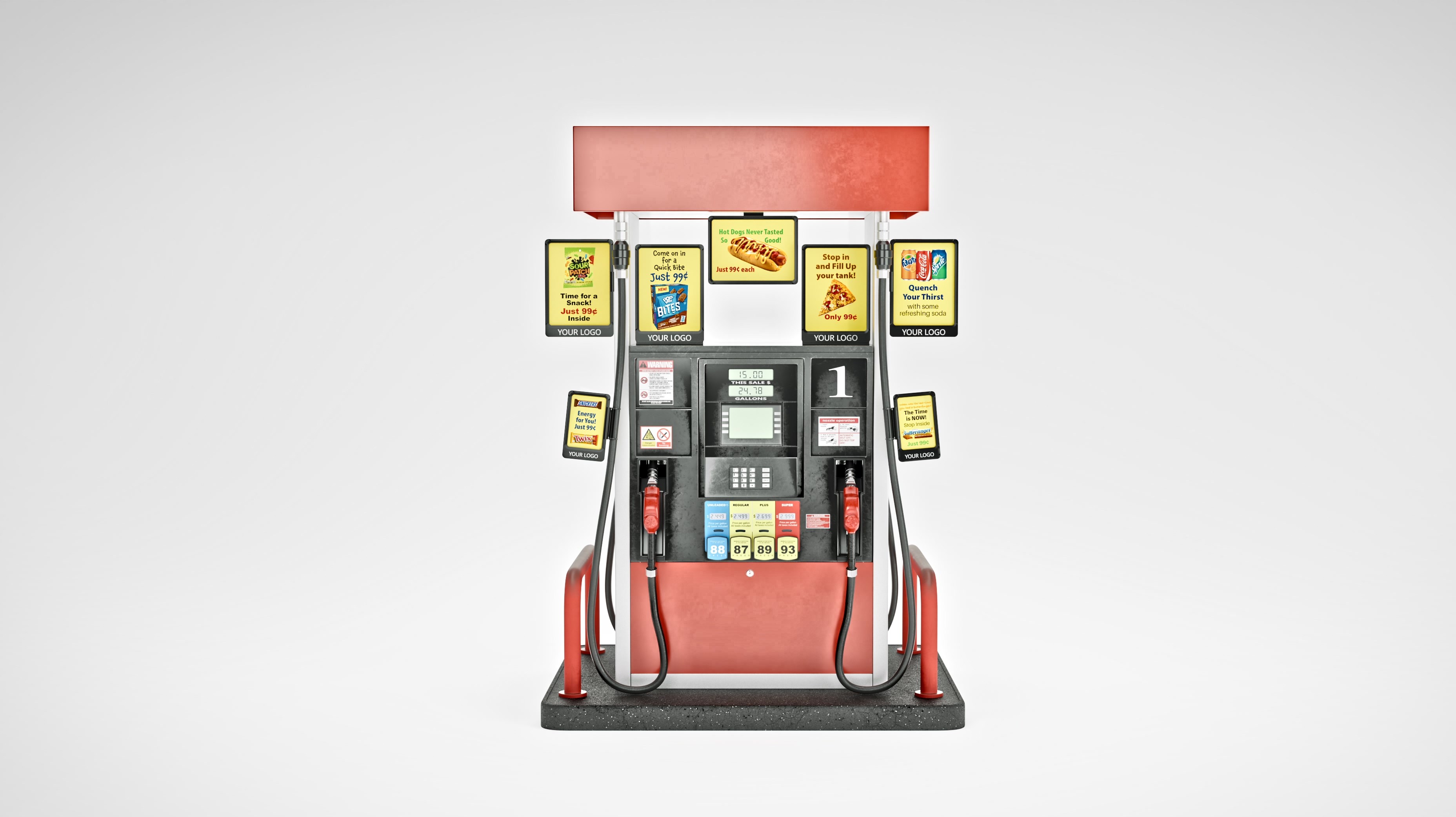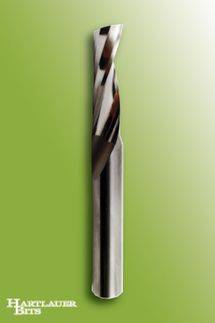Guided creativity: Harnessing the magic of data in DOOH
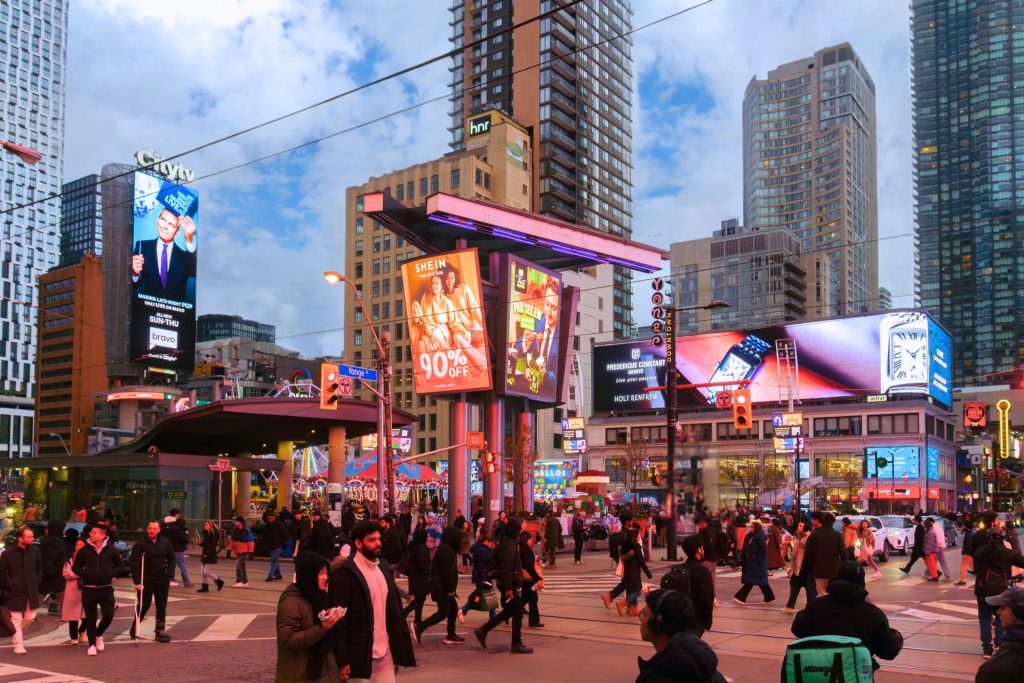
If one thing is certain about the rise of artificial intelligence (AI) and automation, it’s that they are changing how out-of-home (OOH) advertising is being planned, personalized, and delivered. Sign Media Canada spoke with Martine Hammink, vice-president of Creative Studio at Vistar Media, who shares how AI reshapes creative strategy in the OOH landscape.
Sign Media Canada (SMC): How can brands balance creative freedom with data-driven automation to ensure OOH ads remain impactful and authentic?
Martine Hammink (MH): Data and creatives shouldn’t be at odds—in fact, the most effective digital out of home (DOOH) campaigns bring the two into an intelligent partnership. I like to think of it as “guided creativity”: using automation and data as tools to inform and enhance the creative process, not limit it. Data helps define the framework—when, where, and to whom the message is delivered—while creativity brings the nuance, emotion, and brand personality that makes it resonate.
One of DOOH’s superpowers is its adaptability. You can tailor messaging by region, time of day, weather conditions, or even behavioural data, ensuring content reaches an audience and connects with them at the right moment. Picture this: It’s raining outside, and you see an ad for an umbrella with a creative tagline. Or you see an ad for winter boots when the temperature drops to a specific degree. This data-led creative strategy involves weather triggers (the ability to align creative with real-time weather conditions) and can drive much higher consumer recall for brands. That’s the magic of data and creativity working together.
We’ve also seen performance insights drive subtle but effective creative choices. For example, research shows us that in bus shelters and urban panels, placing the logo at the top of the screen, sizing it around 15 per cent, and using strong colour contrast can significantly boost brand attention. Some of the most powerful DOOH creative comes from simply showcasing a bold product with a strong brand identity. When data and creativity are used in tandem, brands don’t have to choose between automation and authenticity—they can have both.
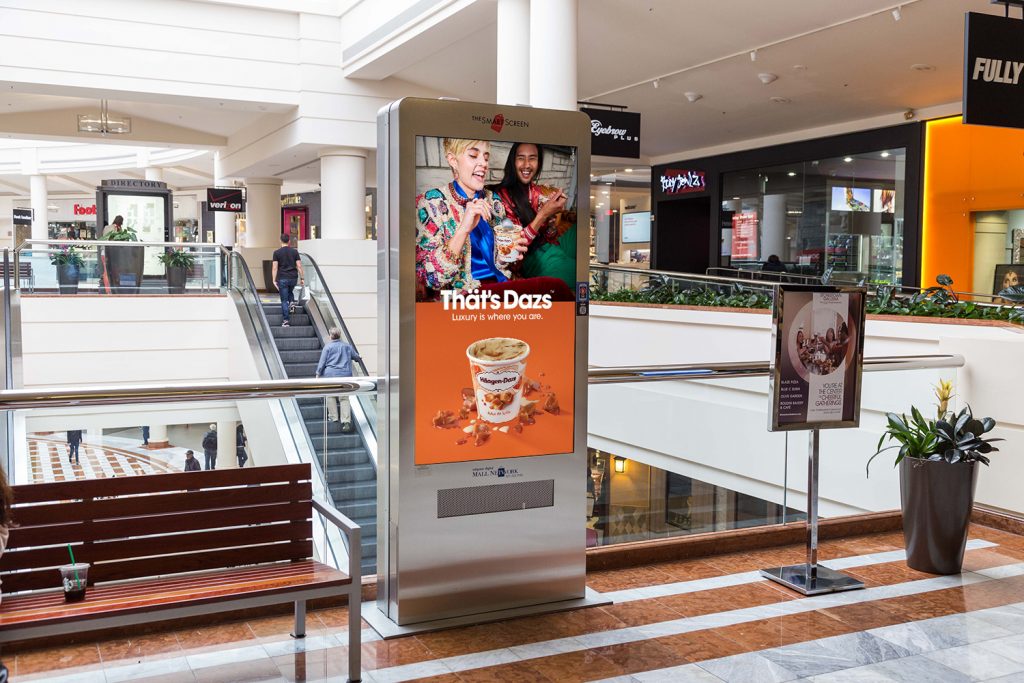
SMC: How can AI help identify optimal visual elements that resonate with specific audiences in OOH environments?
MH: Strong creatives are a critical component of any campaign, and AI is becoming a greater tool to leverage. But, at this stage, it remains a tool that still requires a human touch. Today’s AI systems not only analyze visual components, such as branding, headlines, and calls to action (CTAs), but also draw insights from large data sets of OOH campaigns (i.e., brand uplift studies) to make meaningful correlations with key metrics—attention patterns, memory factors, and even emotional triggers. AI is scanning what already exists and presents data factors that have resulted in stronger campaigns, but it’s not without its faults.
I’ve noticed that insights fall short without thoughtful consideration of context. Many users simply upload isolated creative assets for analysis, neglecting the contextual reality of how OOH media works in the real world. This is why it requires testing creative assets in their intended environmental context, as no ad exists in isolation, especially in the OOH landscape.
Recently, I saw this principle in action with a trade company looking to have their DOOH creative validated. Their design featured a bold, attention-grabbing headline that spoke directly to the viewer (e.g., “DEAR AUDIENCE”), followed by their brand’s core message in a lighter, smaller font. When analyzed in isolation, AI predicted appropriate attention scores for both elements. However, when we placed the same ad in its actual context—a highway billboard—the results revealed a crucial flaw: the core message received dramatically lower attention scores in the environment, suggesting that many viewers would miss the core information entirely. This makes sense when you think about it: on a roadside billboard, your ad is seen by drivers passing by quickly, so you need to focus their eyes on the single core message.
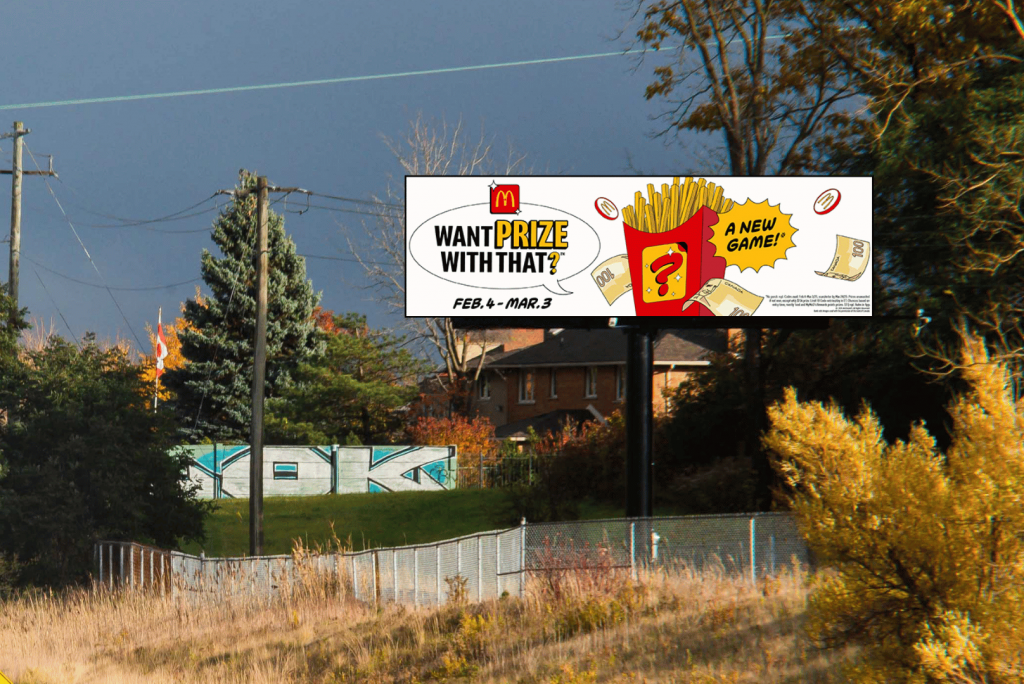
This case illustrates the value of partnership between predictive AI and human interpretation. Without this integrated approach, the client would have launched a campaign that fundamentally missed its communication objectives.
SMC: How can AI tools support predictive insights to inform creative decisions?
MH: AI has transformed how we approach creative evaluation, from looking back to predicting forward. Today, teams around the world, including mine, use AI to forecast campaign performance before assets even go live. These insights help us shape creatives more likely to hit the mark from day one.
In many ways, it’s the digital evolution of the old-school focus group, just faster, more scalable, and fuelled by billions of real-world interactions rather than a handful of participants. AI eliminates logistical hurdles and gives us a broader view of what will likely work.
What’s most interesting to me is how human the process still is (and should be). AI can give us smart, objective recommendations, but we still filter those insights through our own beliefs, strategies, and creative instincts. Sometimes we embrace the data, and sometimes we push back, trusting a gut feeling instead.
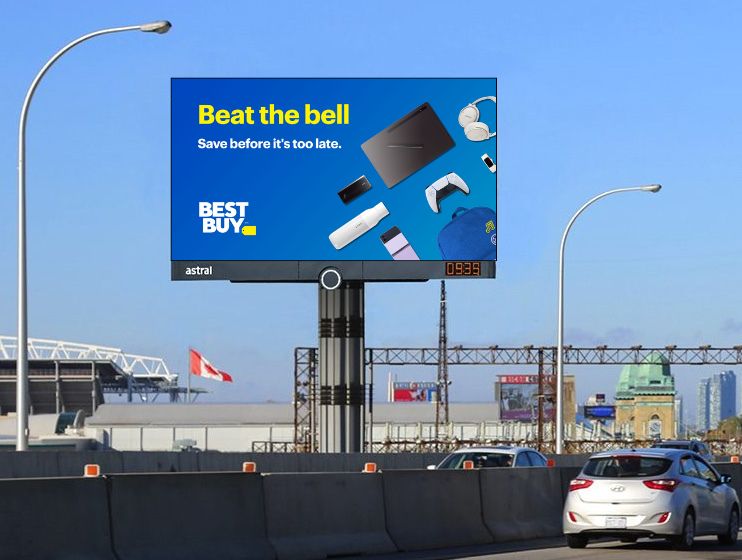
This tension between technological objectivity and human subjectivity is both a challenge and an opportunity. AI may be able to process more data points than a creative director can capture, but it can’t reproduce the intuitive leaps that make for truly groundbreaking advertising.
SMC: How can smaller brands efficiently create impactful DOOH campaigns without extensive resources?
MH: You don’t need a massive budget or team to run a successful DOOH campaign. Programmatic DOOH offers smaller brands the flexibility to launch, adjust, or pause campaigns in real time—perfect for reacting to changing consumer behaviour, seasonal shifts, demand spikes, or even budget updates. You can upload assets, optimize creatives, and go live in minutes, without the heavy lift.
We’ve also seen smaller brands make smart use of the screens they already own. For example, Stingray optimized their screens by rolling out in-store video capabilities across METRO grocery stores, helping advertisers drive foot traffic to aisles or showcase priority products.
And one of the best pieces of advice I can offer is: get out there. Step away from your screen and experience the real-world environment where your ads will appear. This mindset was inspired by a museum philosophy I love—don’t just look at art, observe how people interact with it. The same applies to DOOH. Watch how people move, where they pause, and what catches their eye. It’s free, it’s insightful, and it’s often where the best creative ideas are sparked.


